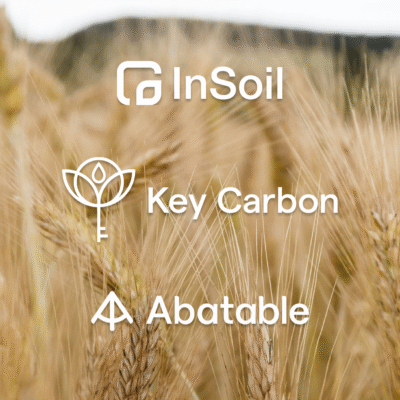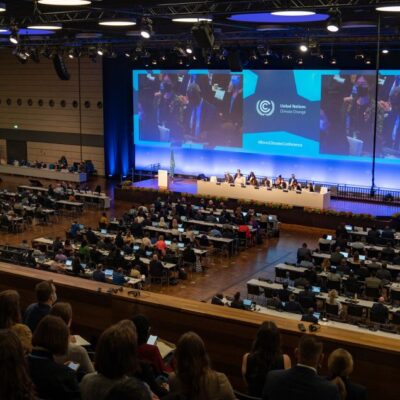
The IPCC’s latest report (AR6) says that we have a carbon budget of 400 giga tonnes of CO2 (GtCO2) for a likely chance (67% chance) to stay within the +1.5 C degree celsius threshold (since pre-industrial levels). This is the carbon budget we have at our disposal before climate change could become irreversible. Considering we emit 40 GtCO2 globally per year, we have roughly 10 years left before we exhaust the budget. We have even less if we take into account small, but potent non-CO2 emissions like methane.
Will we be able to reduce global CO2 emissions significantly before 2030? Unlikely. The question then becomes: is taking CO2 out of the atmosphere the only solution left? The answer is complex.
- Yes, we need to accelerate efforts to remove carbon dioxide and develop permanent or semi-permanent carbon storage solutions. There are two ways to do that: 1) through nature-based sequestration (i.e. planting new trees) and 2) through technology-based sequestration (i.e. direct air capture).
- But, it is not the only solution. We need to preserve thriving and existing carbon sinks close to the Earth’s tipping points (e.g. Amazon rain forest). If those suffer from severe deforestation or degradation, they will likely emit more carbon dioxide than they are now storing and absorbing, with potential to erode the carbon budget even quicker.
Who is going to finance the scale-up of carbon removal to the level needed to even make a dent on the world’s emissions? The answer remains unclear. So far, these industries have been dependent on public funding and corporate donations, which arguably are not sustainable to bring these solutions at the scale needed. There is no commercial model for forest conservation without pricing negative externalities from the loss of carbon and biodiversity. Lastly, carbon removal technologies have so far been too experimental and unproven to attract large amounts of capital investments. In fact, carbon capture and storage (CCS) plants over the past decade have received less than 1% of the investments in renewable power.
Will this change? Potentially, but it might take a few years for large funds to move. In the meantime, time is ticking…
Voluntary net zero corporate commitments can play a critical role in financing carbon removal and avoidance solutions. We know that roughly 25% of global emissions are hard to abate and companies need offsetting to achieve their net zero goals.
Offsets are a powerful instrument. Offsets are contracts representing a unit of emission removed or avoided (measured in tonnes of CO2 equivalents). If used at scale they can encourage the development of new afforestation and reforestation projects, help support important forestry restoration and conservation efforts developed by NGOs and on-the-ground carbon development teams. Corporates offsetting budgets can also support research and development of new innovative carbon removal technologies, which are much needed in the absence of sufficient private capital.
Voluntary net-zero corporate commitments can play a critical role, but recent news highlighted the reputational risk of getting carbon procurement wrong for corporates, especially as a lot of them continue to buy widely available avoidance credits with methodologically dubious impact.
This is why we started Abatable. We want to help companies offset their hard-to-abate emissions through diversified portfolios of high-quality carbon offsets with a focus on carbon removal, leveraging a proprietary framework to evaluate and score carbon project developers and their underlying pipeline of offsets. At Abatable, we also want to support the development of new offsetting projects by providing financing solutions to carbon project developers, who have the expertise but lack the capital to be developing new carbon offsetting projects.
If you’re interested in joining us on our mission to help scale carbon removal solutions, get in touch with us.
































































































